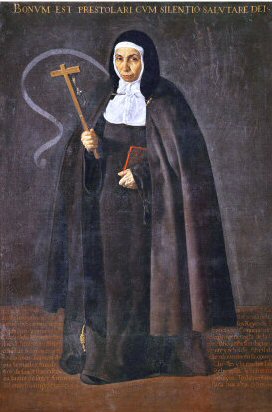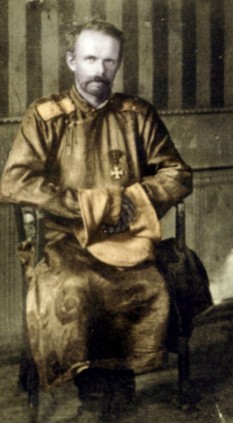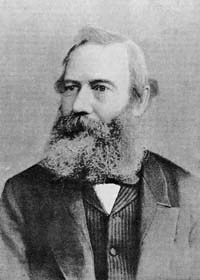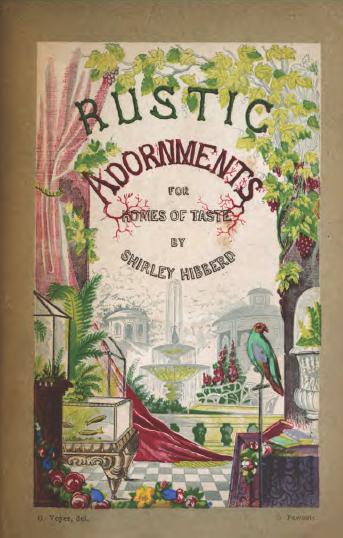I am indebted to Ed Baxter (who in turn acknowledges the assistance of Adrian Barry) for providing an answer to the question: “Who was on the bill with Russolo and Marinetti when the Futurists visited London, performing at the London Coliseum in June 1914?” The query was posed by Ed himself, by the way, but, recognising that this information would be of immeasurable benefit to Hooting Yard readers, he has kindly allowed me to post the results of his research here, including the invaluable links. And the answer is:
Lydia Kyasht, Russian ballerina, b.1885, performing an excerpt from Javotte.
Helen Eley and Sam Hearn, after their tour of Hullo, Tango! (a successful 1913 revue – 485 performances in the West End – devised by Max Pemberton and Albert de Courville. Music by Louis Hirsch; Lyrics by George Arthurs. Additional songs by Maurice Abrahams, Grant Clarke and Edgar Leslie. One song from which “Get Out and Get Under” was still popular enough to be performed in the 1960s.)
Arthur Winckworth, Emilie Smith and George Graves & company in Koffo of Bond Street (farcical playlet, four years old already in 1914, featuring popular comedian Graves and opera singer Winckworth).
George French , b. 1876, Scots comedian and panto star who drew on multiple cultural personae including a very popular madcap Geordie footballer, chosen to appear in the 1912 Royal Music Hall Command Performance.
Gertie Gitana (“the Staffordshire Cinderella,” b. 1887), popular for her signature tune “Nellie Dean” (premiered in 1907). Her earnings rose to well over £100 per week and her name could fill any hall. Recorded songs on the Jumbo label in 1911 – 13.
Cecilia and Lina Lallier – no details available
The Nathal Trio – A novel turn. “One of these performers, in the guise of a monkey, might be described as Darwin’s “Missing Link”. He climbed a rope fixed from the orchestra to the roof of the building, gripping with his toes as easily as with his fingers, and hanging head downwards from that dizzy height, literally made the audience gasp.”
Henry Helme, a “singer from the French Alps.”
In the interlude(s), The Bioscope (films unknown, but likely to be independently made in the provinces by small companies and comedic in nature: see here.
Alfred Dove & orchestra, playing (i.a.) Saint Saens’ Javotte. Dove was conductor of the London Coliseum Orchestra, later the musical director for Oswald Stoll, who during the First World War put together all-female orchestras. The Coliseum retained its male drummer during the War.
Note: Marinetti “got the bird” for a full twenty minutes from the audience “more thoroughly than we have ever heard it given in the history of variety theatres,” according to The Stage. Later Marinetti castigated the English newspapers for their baleful influence on perceptions of the avant-garde: “the public drank in their poisonous garbage.” Plus ça change?




